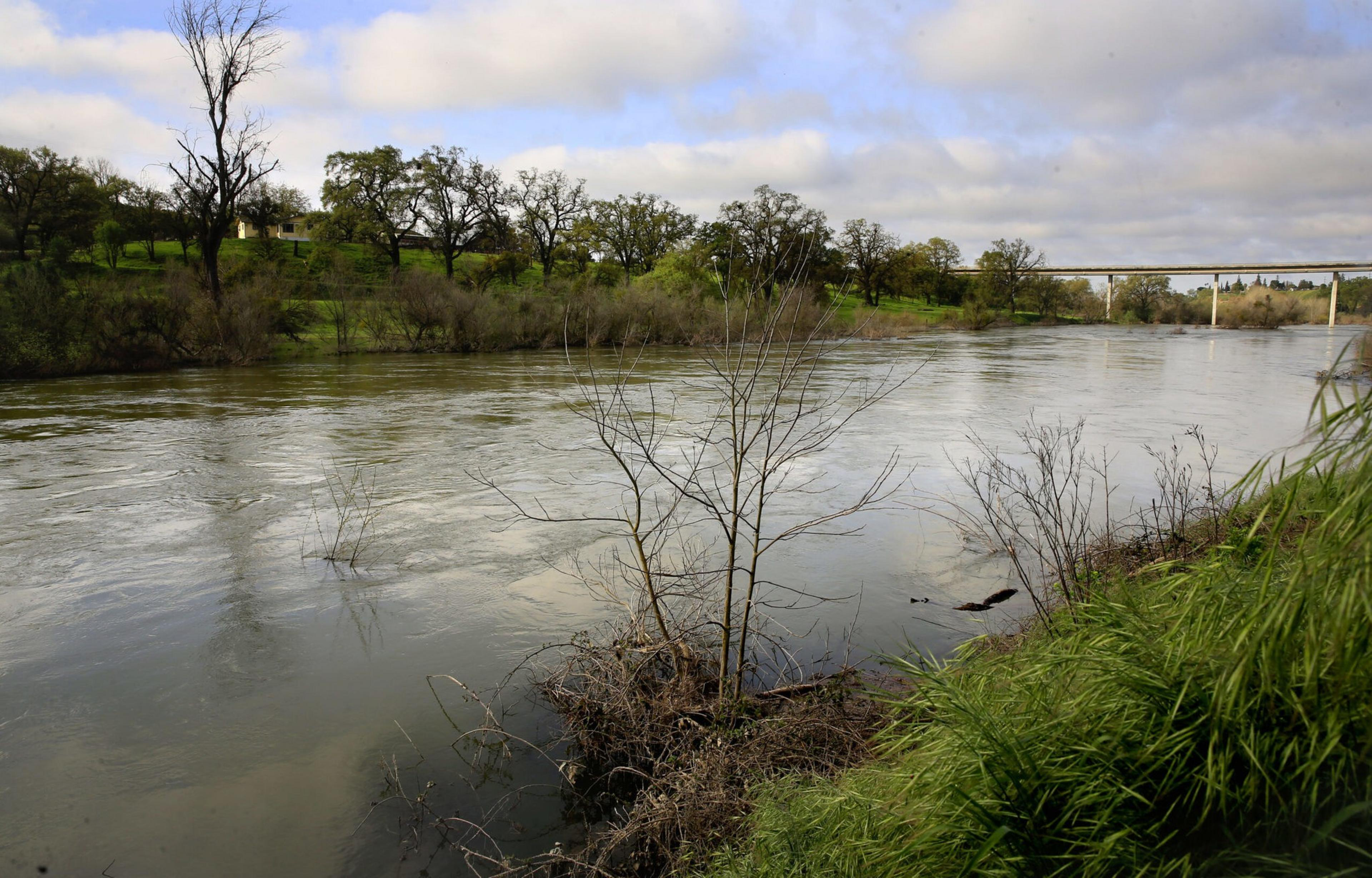An environmental group is arguing that the city’s water agency is taking too much water from the Sierra Nevadas and that its drought planning will wind up hoarding water unnecessarily and hurting vulnerable river ecosystems.
The group, Tuolumne River Trust, says its pleadings have fallen on deaf ears up until now. But with the state mulling the Bay Delta Water Quality Control Plan, which would reduce the city’s rights to water from the Tuolumne River, the question of whether San Francisco controls more than its fair share of water is back up for discussion and spilled over into a meeting of the San Francisco Public Utilities Commission (SFPUC) on Tuesday.

Now, the Tuolumne River Trust is arguing that the SFPUC, which controls an extensive water network in Northern California and owns the Hetch Hetchy Reservoir, is relying on a worst-case drought model that is much too conservative—even in light of climate change—to justify claims it needs to divert more than its fair share of water from the Tuolumne River.
This model—created by the SFPUC in the early 1990s—is called a “design drought” and maps out worst-case drought scenarios so the agency can plan accordingly in the long term. The estimates influence how much water the agency aims to keep in storage by diverting water from the Tuolumne. It’s also part of the agency’s argument against the Bay-Delta plan, which has yet to be implemented. In a lawsuit, the SFPUC and other cities argue that the Bay-Delta plan doesn’t provide them with enough water.
The SFPUC’s overly aggressive diversion, in the eyes of the Tuolumne River Trust, is the reason the lower Tuolumne River has become slow and warm, diminishing Chinook salmon and steelhead trout populations and the vibrant ecosystems they support.
“We’re starving the environment for this arbitrary design drought,” said Peter Drekmeier, policy director of the Tuolumne River Trust, in an interview. “The science tells me now that this is overkill.”
The SFPUC’s estimates plan for a drought lasting 8.5 years and assumes water demand of about 250 million gallons per day. But the worst drought on record here was just six years long, from 1987 to 1992. And while demand was closer to 290 million gallons per day during that time, it’s been going down, not up: water demand has since fallen to about 200 million gallons per day.
Drekmeier is pushing for the agency to plan for 7.5 rather than 8.5 years of drought as a more realistic estimate. As for climate change, Drekmeier used data pulled from SFPUC’s own climate study to argue that warming could actually benefit the city’s water supply in drought years: As the seasons shift earlier with warming, so too would peak runoff times, filling the Tuolumne during the limited window in the spring when SFPUC is allowed to pull its biggest share of water.
SFPUC General Manager of Water Steve Ritchie disputed that argument, saying that climate science isn’t conclusive on exactly how water supplies will be affected. Members of the SFPUC didn’t appear convinced by Drekmeier’s arguments nor ready to redo the “design drought,” though members said they were open to keeping the discussion going and even revisiting their demand assumptions.
Ritchie said that the water agency would rather be safe than sorry in the event of a serious drought. The agency, which supplies water to 2.7 million customers in the city and Bay Area, relies so heavily on its storage that in case of an emergency, it would literally be left out to dry, Ritchie said. That guides its emergency planning, as does the unpredictability of climate change.
“It doesn’t pay off at any time to assume the next year or two will be wet,” Ritchie said. “We have to assume they will be dry.”
